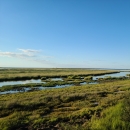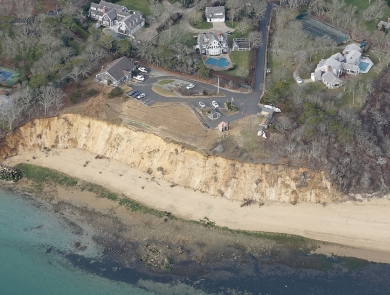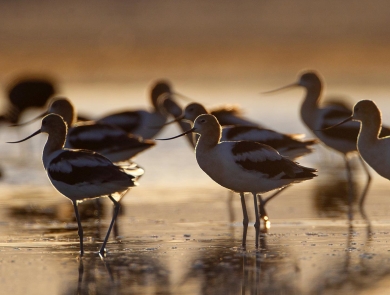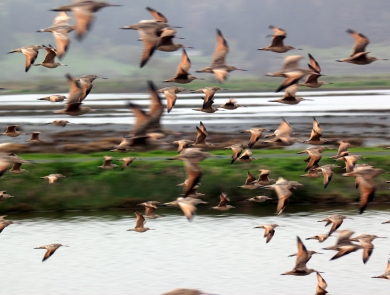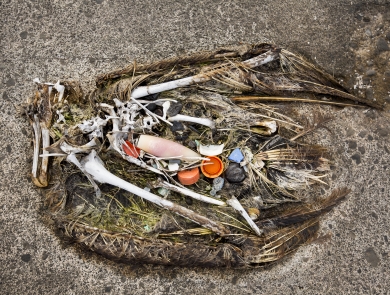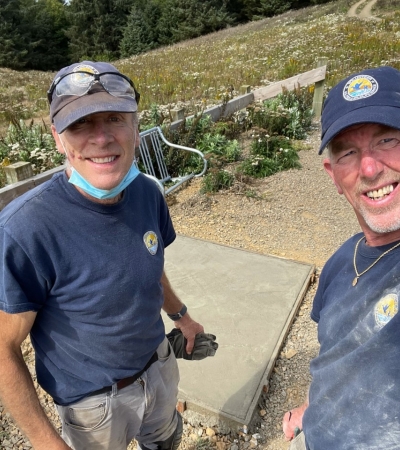Facility
Location
1 Wildlife Circle
Austwell, TX 77950
United States
Volunteer Position Overview
About This Position
RV Biology Volunteer
Purpose: To assist with the refuge biological program.
Duties and responsibilities: The volunteer will assist Refuge staff with a
variety of tasks that may include but are not limited to the following:
- Assisting with feral hog trapping program
- Biological surveys (waterbird ID skills required)
- Invasive plant management (spraying of herbicide required)
- Various habitat management tasks (heavy equipment and/or UTV training may be required).
Qualifications/Skills:
- Ability to clearly understand the purpose of the refuge and its wildlife management programs as well as the National Wildlife Refuge System.
- Interest and/or background in working on wildlife management type projects, waterbird ID skills, pesticide application experience, heavy equipment operation experience.
- Takes initiative to complete job duties with diligence and excellence.
- Willingness to complete training to meet the skill and knowledge level needed for a specific assignment.
- Good physical condition and ability to work in warm temperatures, sun and among biting insects and poisonous plants. Walking on uneven ground, lifting, bending using ladders, etc.
- Ability to work safely utilizing Personal Protective Equipment as required.
- Ability to work as part of a small team or independently depending on assignment.
- Ability to take direction and be open to receiving feedback to improve and ensure safe operation.
- Ability to present a positive image to the public as you will come in contact with visitors.
- Valid driver’s license and current defensive driving course certificate if operating a government vehicle or equipment such as a tractor or marshmaster.
Training:
- Refuge volunteer orientation.
- Biology program orientation.
- Defensive Driving Course if operating a government vehicle - must update every 3 years.
- Technical and safety training may be required depending on assigned project (Heavy Equipment training - tractor, skid steer, UTV, riding mower, etc.). Training will be provided as available.
Time Commitment: 24 hours/week depending on assignment. Start time is flexible, any time during fall/winter 2024 through spring 2025. We prefer longer time periods of commitment, but are flexible.
Supervisor: Biology staff or as assigned.
Reimbursement: No monetary reimbursements are available. An RV pad with 20, 30, and 50 amp hook ups, sewer, and water.
Requirements: Selectee will be required to undergo a background investigation. Work will generally take place outside. Must be 18 years of age or older, wear closed toe shoes, long pants, and an official volunteer shirt (which will be provided).
Duties/Activities
Stories About Volunteering
Other Ways to Work with Us
Are you looking for something different than a volunteer opportunity? The Fish and Wildlife Service employs around 9,000 people nationwide and offers great internship opportunities every year.
